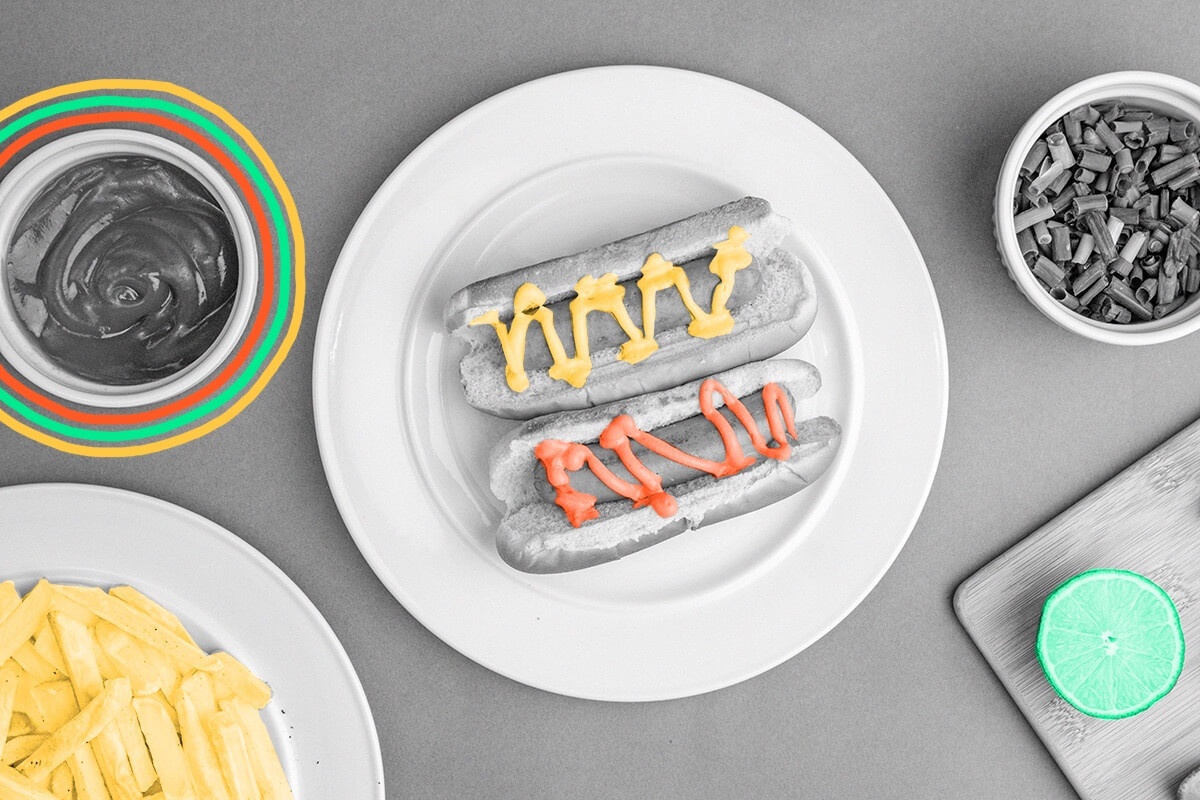
Ketchup was originally made out of fish.
If you asked for ketchup thousands of years ago in Asia, you might have been handed something that looks more like today’s soy sauce. Texts as old as 300 BCE show that southern Chinese cooks were mixing together salty, fermented pastes made from fish entrails, meat byproducts, and soybeans. These easily shipped and stored concoctions — known in different dialects as “ge-thcup,” “koe-cheup,” “kêtsiap,” or “kicap” — were shared along Southeast Asian trade routes. By the early 18th century, they had become popular with British traders. Yet the recipe was tricky to recreate back in England because the country lacked soybeans. Instead, countless ketchup varieties were made by boiling down other ingredients, sometimes including anchovies or oysters, or marinating them in large quantities of salt (Jane Austen was said to be partial to mushroom ketchup). One crop that the English avoided in their ketchup experiments was tomatoes, which for centuries were thought to be poisonous.
Across the Atlantic, Philadelphia scientist James Mease created the first tomato-based ketchup recipe in 1812. More than half a century later, Henry J. Heinz founded his food company in Sharpsburg, Pennsylvania, initially selling pickles, horseradish, and more. The first commercial tomato ketchups — including Heinz’s 1876 product — relied on chemicals to preserve their freshness and color, including formalin and coal tar. But around 1904, chief Heinz food scientist G.F. Mason devised an all-natural blend that included tomatoes, distilled vinegar, brown sugar, salt, and spices. With the signature formula now established, the brand was able to meet the growing U.S. demand for hot dogs, french fries, and hamburgers.
At this Midwestern attraction, the showpiece is the Great Wall of Mustard, an assortment of more than 5,600 bottles and jars. Exhibits on the wall have been sourced from every U.S. state as well as 70 countries. The museum’s founder and curator is Barry Levenson, who began collecting mustard in 1986. The following year, while working for the Wisconsin Department of Justice, Levenson successfully argued a case before the U.S. Supreme Court — with a jar of hotel mustard in his pocket. In the early ’90s, he left law to open the original iteration of his museum, which is now in Middleton. Tickets to the National Mustard Museum are always free, and include entry to the Mustardpiece Theatre.

